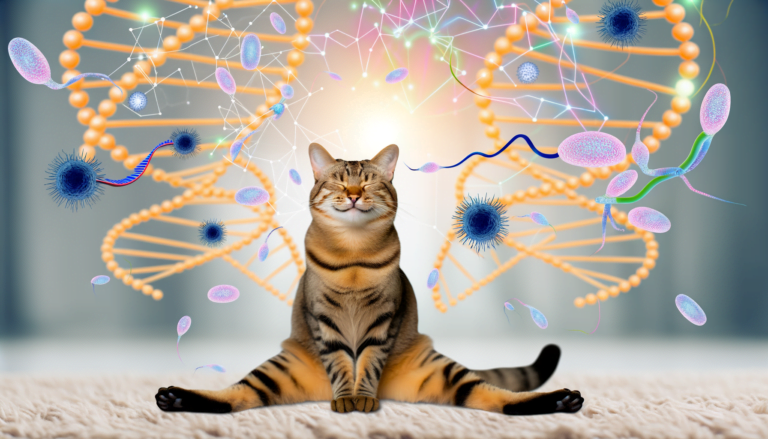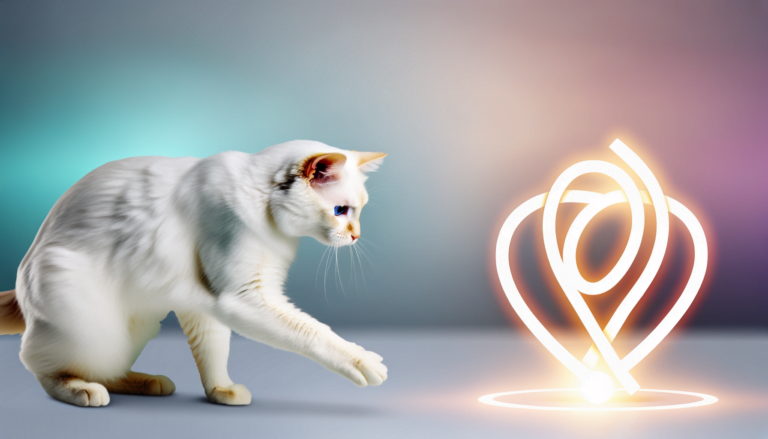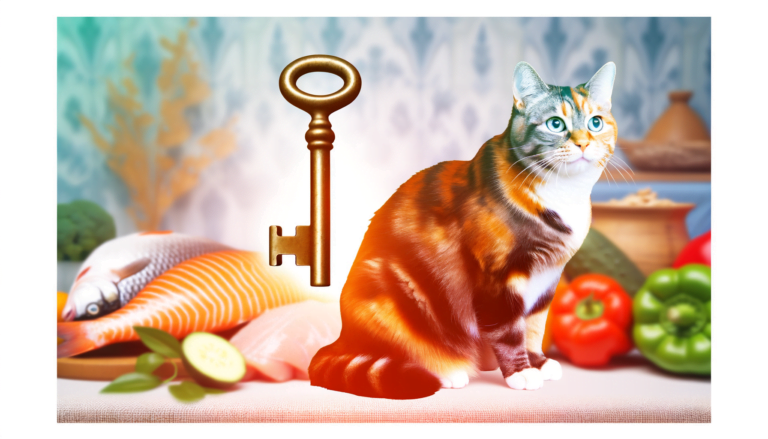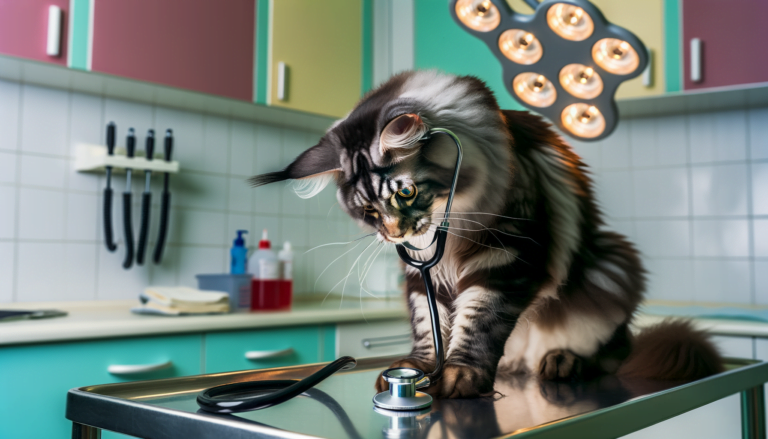Unveiling the Health Mysteries: A Deep Dive into Persian Cat Health Concerns
Yes, like many purebred animals, Persian cats can be prone to specific health issues. Due to their distinctive facial structure, they often experience breathing difficulties and are susceptible to dental malocclusions. Additionally, their long, dense coat necessitates regular grooming to prevent matting and hairballs. Persian cats are also at a higher risk for polycystic kidney disease (PKD), a hereditary condition that can lead to kidney failure. Despite these health concerns, with appropriate care and regular check-ups, Persian cats can lead comfortable and fulfilling lives.
Prevention and Treatment of Health Issues in Persian Cats
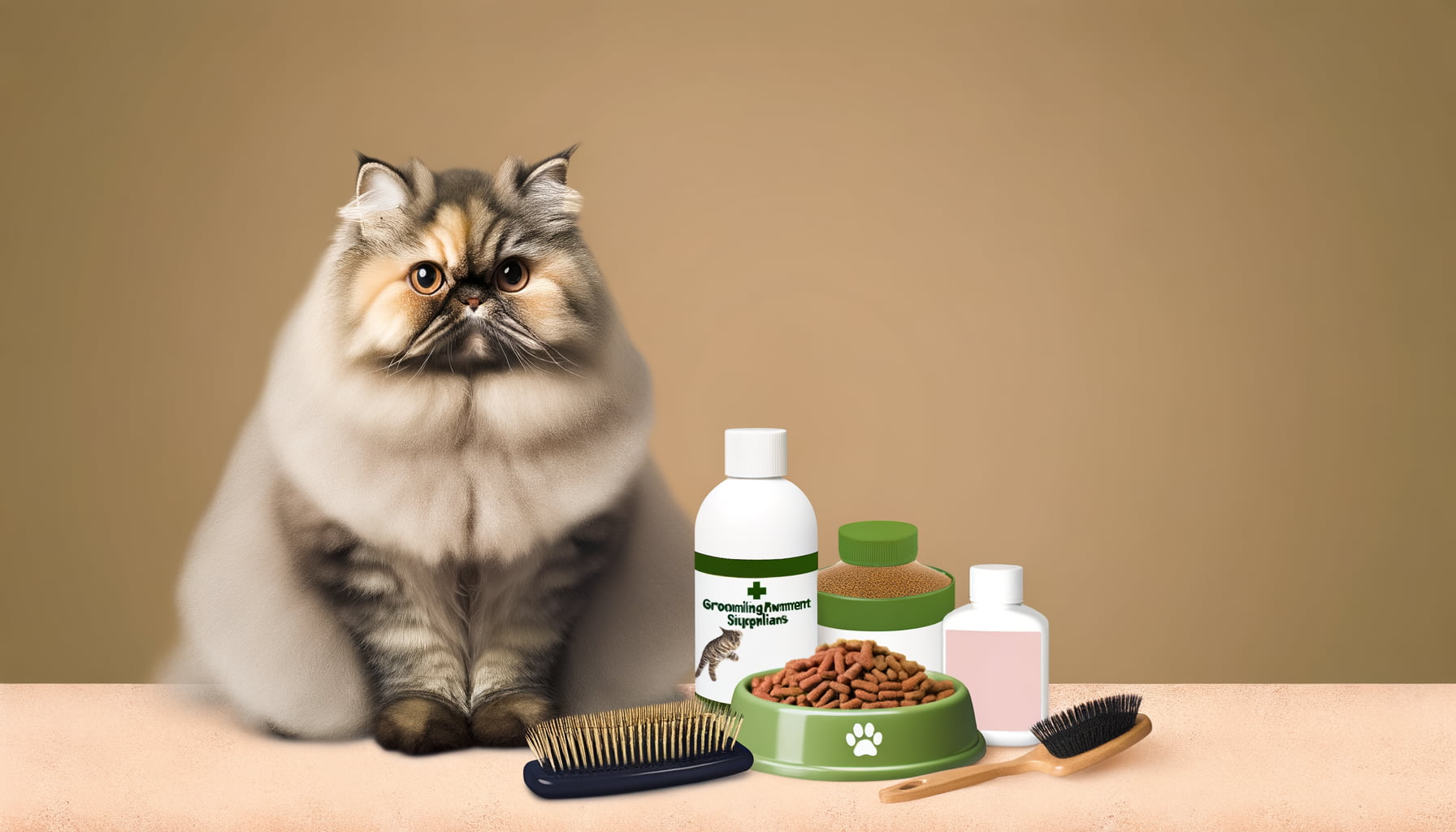
Persian cats are known for their luxurious and distinct appearance, but maintaining their health often demands attentive care due to a number of breed-specific health issues. An effective preventative measure involves regular vet check-ups. These allow for early detection of potential issues, ranging from chronic kidney disease to dental maladies.
For Persian cats experiencing respiratory problems due to their brachycephalic skull structure, it essential to keep the dwelling area free of allergens and irritants. In severe cases, surgery can alleviate many issues. Furthermore, dental hygiene is often overlooked but importantly contributes to overall health. Routine brushing of their teeth can combat periodontal diseases frequently observed in this breed.
Lastly, nutrition plays a considerable role in prevention and treatment. Providing a balanced diet suitable for the breed enhances overall health while specific diets recommended by a vet can support in managing existing conditions such as polycystic kidney disease. It’s worthwhile to invest time in understanding your cat’s unique needs to ensure their well-being and longevity. Most health issues in Persian cats are manageable with appropriate care, attention, and prompt medical intervention.
Common Health Problems in Persian Cats
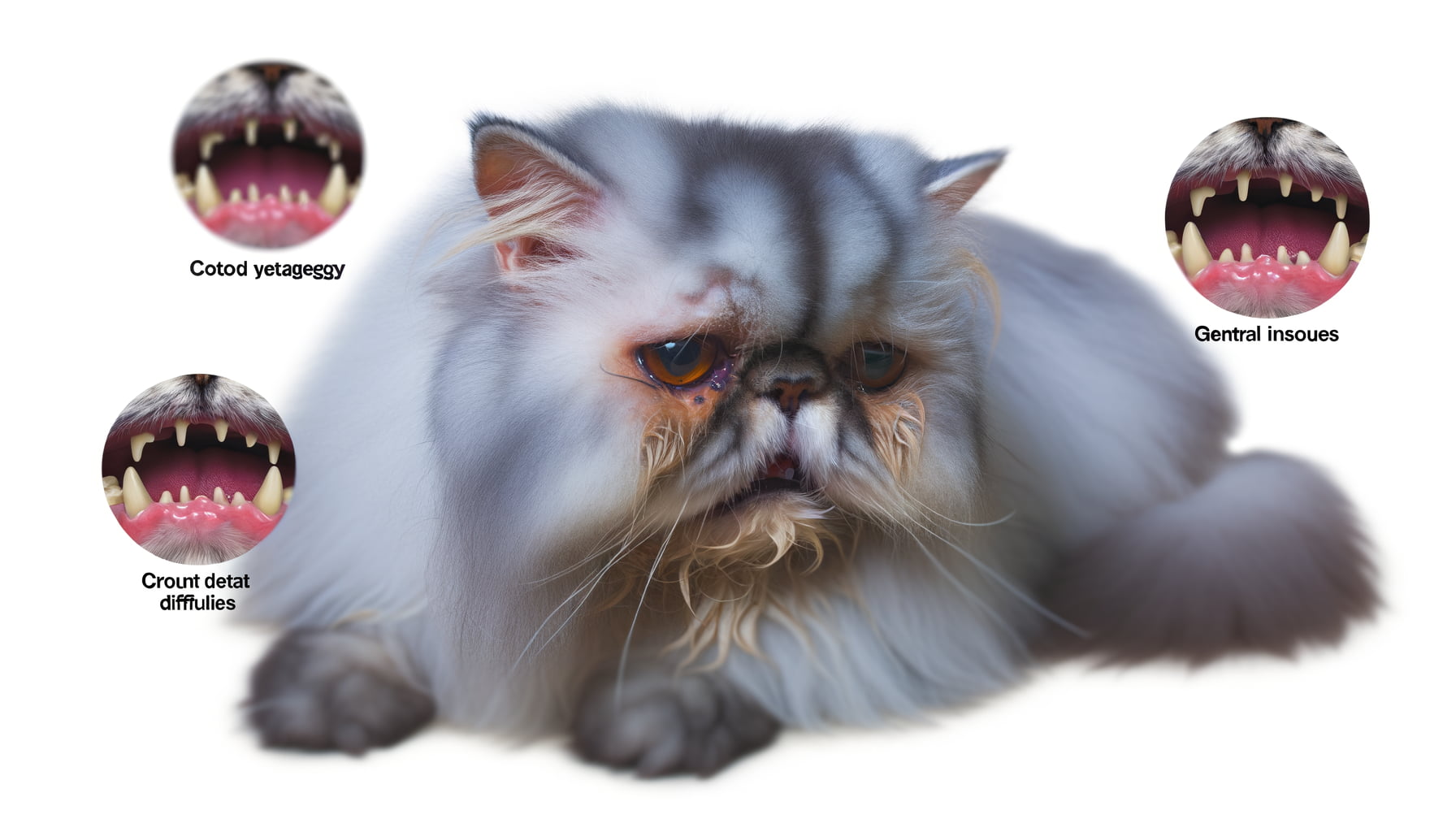
Persian cats are well-known for their resplendent coats and gentle personalities, but these appealing traits come with a caveat – a susceptibility to distinctive health issues. Not only does their luxurious fur require meticulous grooming, it could potentially contribute to skin diseases.
Hairballs are another prevalent health issue faced by Persian cats due to their long and dense fur. Ingestion of hair during grooming raises the likelihood of hairball accumulation within their digestive tract. This can obstruct their intestines, causing various symptoms such as lethargy, loss of appetite and vomiting, thereby necessitating medical intervention.
Another common health issue in Persian cats is Brachycephaly – a condition resulting from their unique facial structure. Their flat faces and shortened nasal passages could result in respiratory distress and difficulties in tear drainage, resulting in stained fur around their eyes and potential infections.
Genetic Disorders Specific to Persian Cats
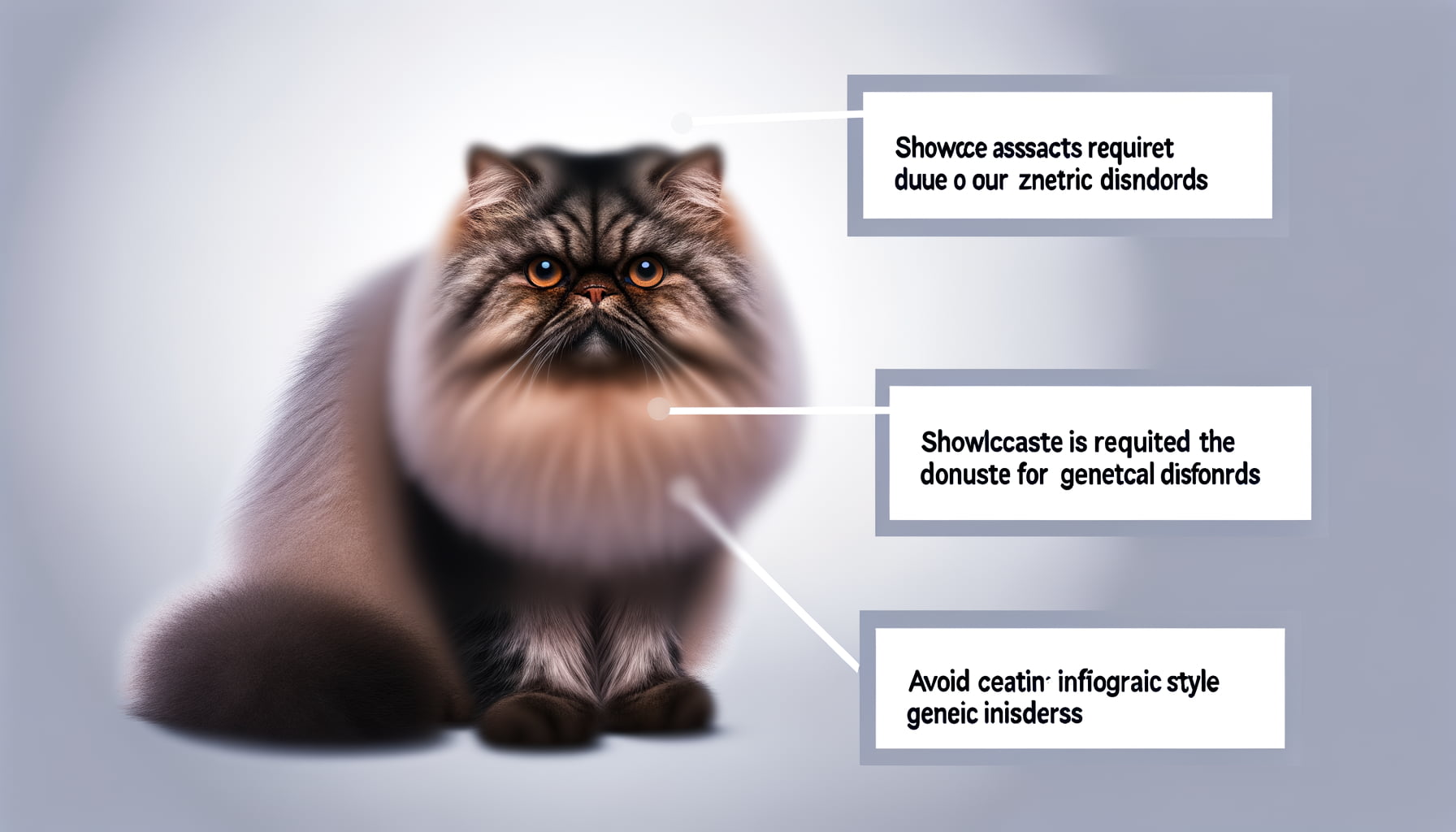
Persian cats, admired for their long, lush coats and round faces, are vulnerable to several specific genetic disorders. The inherent genetic conditions they often face stem from selective breeding practices which have led to their unique physical characteristics. These disorders vary in severity, affecting different parts of the Persian Cat’s body and impacting its overall health.
One notable disorder is Polycystic Kidney Disease (PKD), a hereditary condition common in Persians. It is characterized by the growth of multiple cysts in the kidneys, ultimately leading to kidney failure. Another is Progressive Retinal Atrophy (PRA), which gradually diminishes a cat’s sight, often leading to complete blindness. This eye disease affects Persians more than any other breed. Also, some Persians have a predisposition towards Hypertrophic Cardiomyopathy (HCM), the most common form of heart disease in cats, causing the heart muscle to thicken and impairing its function over time.
Understanding these genetic disorders gives us insight into the breed-specific challenges facing Persian cats. Awareness is the first step in maintaining their overall wellbeing, ensuring they lead happier, healthier lives. Preventative screenings, regular veterinary check-ups, and an optimal diet can help manage these conditions, though it’s important to acknowledge that some may be incurable and can significantly affect a Persian cat’s lifespan.
Understanding the Persian Cat Breed
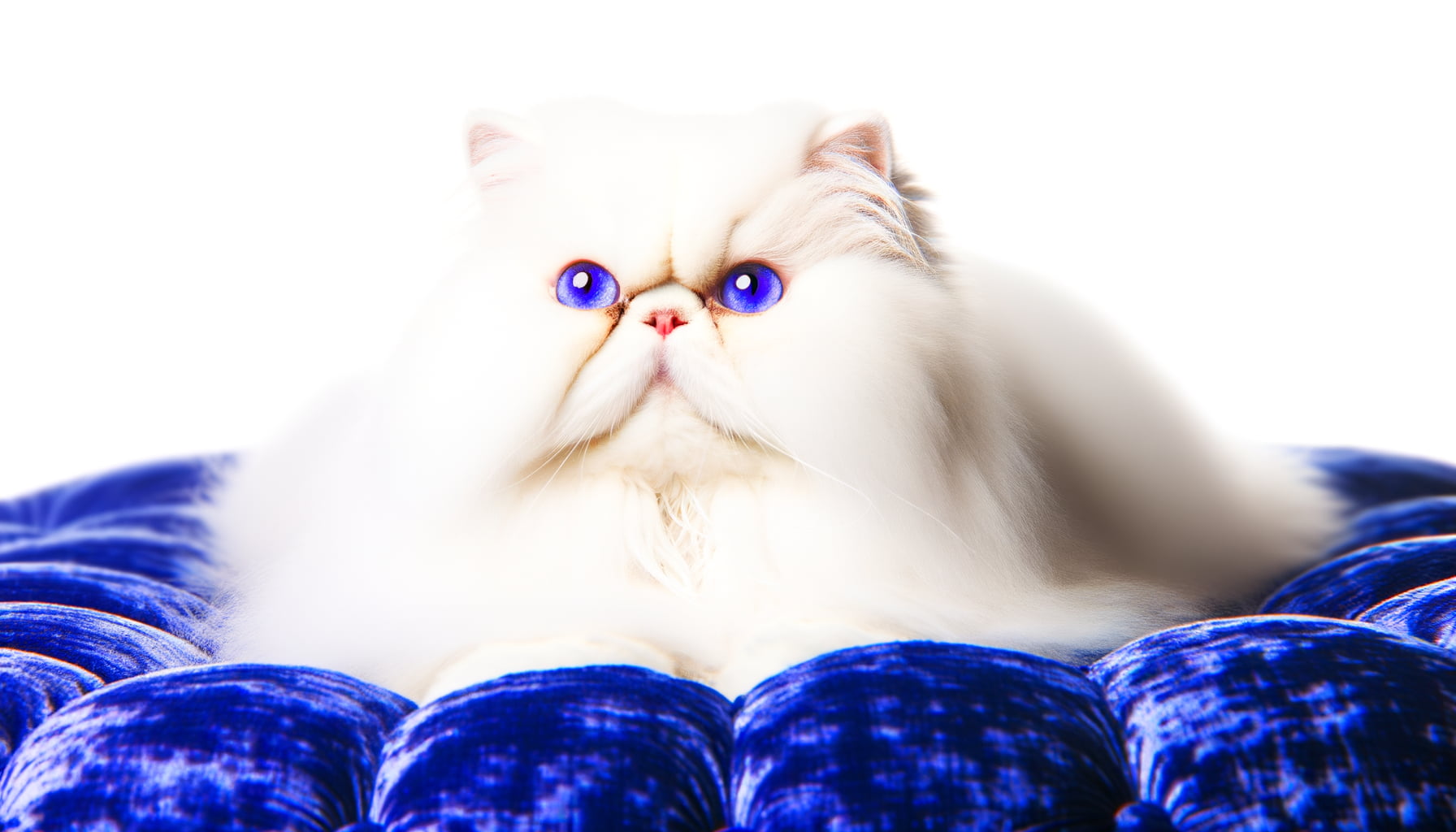
The Persian cat breed is well-known for its distinctive physical features and regal demeanor. Known for their long, luxuriant coats, round faces, and large expressive eyes, these cats provide pet owners with an elegant and engaging companion. However, their uniquely evolved appearance, loved by many, is the product of generations of specific breeding. This might result in a variety of potential health concerns specific to this breed.
Persian cats are an ancient breed that originated from Persia, the current Iran. They were brought to Europe in the 17th century where they quickly gained popularity. Due to their remarkable coat and distinct appearance, they evoke a sense of elegance and sophistication, making them a favorite among feline lovers around the globe. Their calm and gentle nature adds to the breed’s overall appeal.
It’s important to note that this breed’s charming characteristics don’t come without cost. The selective breeding process used to maintain their unique looks can also lead to a higher risk of health issues. These potential health problems are a critical consideration for those considering the adoption or purchase of a Persian cat. Understanding Persian cat health concerns can guide prospective cat parents in making informed decisions and ensures a long and healthy life for their pet.
Conclusion
Exploring the intricate health concerns of Persian cats has shed light on the complexities and nuances of their well-being. From genetic predispositions to dietary considerations, each aspect requires careful attention and understanding to ensure the best possible care for these beloved feline companions.
By unraveling these mysteries and delving into the unique health challenges faced by Persian cats, we can better equip ourselves as responsible pet owners to provide proactive and tailored healthcare. As we continue to advance our knowledge and awareness in this area, we pave the way for a happier and healthier life for these majestic creatures.

